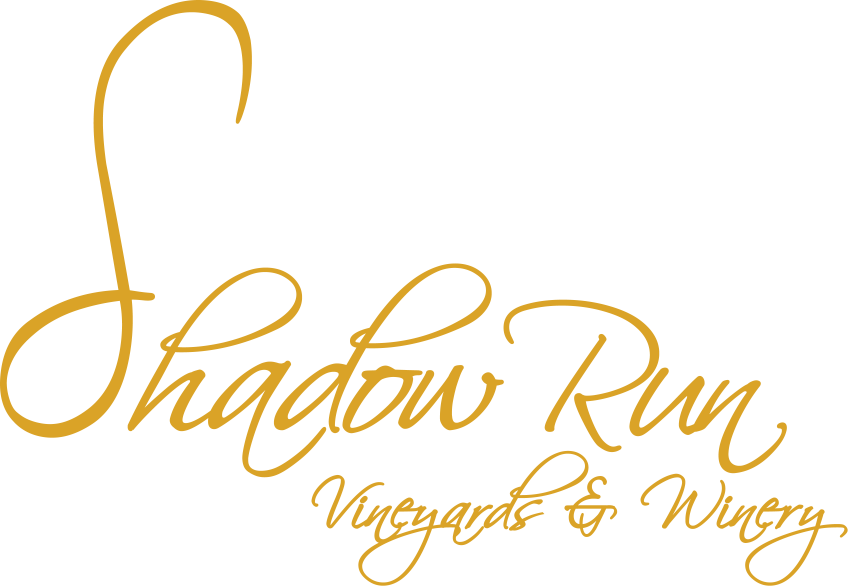There are so many variables in wine making: conditions in the vineyard, chemistry of the grapes, choices made during the wine making process and ultimately, barrel selection. A barrel might be considered the winemaker’s spice rack, with the potential to bring flavors of brown sugar, nutmeg, clove, vanilla bean, coconut, toasted nuts, chocolate or coffee to the wine. The presence of these flavors depends on the origin of the oak, how the wood is initially air dried, and the length and intensity of the toasting of the inside of the barrel. And of course our goal is to select a barrel that will complement and enhance the wine, never overpower it.
As Aaron describes so succinctly in the Shadow Run You Tube videos on barrel aging, a primary consideration for all winemakers is oxygen management. Understanding when to allow, or when to prevent oxygen is critical at every stage of the wine making process. An oak barrel is a porous vessel, allowing a minute level of oxygen to reach the wine, softening the tannins over time. Different oak forests produce different tightness of grain – so the degree of oxygen permeability changes from oak sourced from the forests of Allier, France to the wood sourced from Missouri. And of course, the size of the barrel allows more or less oxygen into the wine based on volume to surface ratios.
Based on taste tests and reputation of the coopers, four years ago we selected two French coopers, Seguin Moreau and St. Martin for our red wines. Specifically crafted barrels from those companies have subsequently dominated our barrel program. But during Harvest 2013 I discovered I was one barrel short. The ordering lead time for new French oak can be months, so rather then put the wine into tank for four months, I purchased one new American oak barrel from another winemaker. Fast forward 12 months and I was interested to hear from guests during barrel tasting, that they preferred the 2013 Syrah in American oak over the same wine aged in French oak. And we agreed. So for our 2015 Syrah, I have purchased five American oak barrels from Missouri and cannot wait to taste the result. We are also introducing new French oak barrels, Berthomieu and Ermitage to the program. One of the best parts of my job is experimenting – the second best is testing (tasting) the result!
